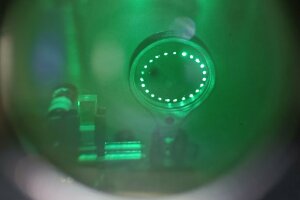
High-average power ultrafast lasers based on Ytterbium-doped gain media have made tremendous progress in the last decade, with average power levels largely exceeding the kilowatt and increasingly widespread commercial availability. However, in comparison to this progress, their adoption in many applications, particularly in scientific research, has been slow due to the lack of efficient and simple paths to temporally reduce the typically long pulse durations to the realm of Ti:Sapphire lasers, which commonly operate below 100 fs. External nonlinear pulse compression offers a solution by combining the advantages of Yb-based lasers with ultrashort pulse durations. This compression process hinges on nonlinear spectral broadening achieved through self-phase modulation, followed by the removal of chirp. The common nonlinear compression techniques for achieving ultrafast laser pulses with varying pulse energies include dielectric waveguides, such as photonic-crystal fiber, gas-filled capillaries, multi-plate compression, and recently, multipass cell (MPC). In our group, we mainly focus our nonlinear compression research on MPC, where it offers several advantages over conventional techniques, making it a compelling choice for various applications. Unlike hollow-core fibers, multipass cells can achieve high optical transmission, leading to high optical transmission. Additionally, they have the ability to scale energy from microjoules to hundreds of millijoules and high average power up to a few kilowatts. Furthermore, they have proven pulse compressibility from picoseconds to a few femtoseconds, all these advantages without compromising beam quality and cost-effectiveness.
Room:
ID 2/447
Phone: +49 234 32 -
28488
E-Mail: Martin.Saraceno@rub.de
Room:
ID 2/443
E-Mail: Boldizsar.Kassai@rub.de
Room:
ID 2/443
Phone: +49 234 32 -
21788
E-Mail: Alan.Omar@Rub.de

